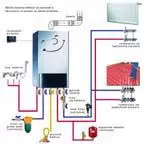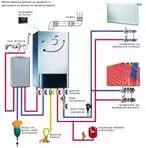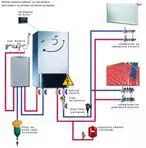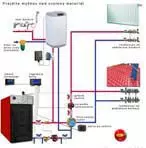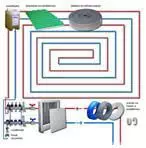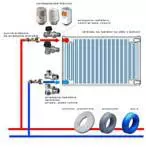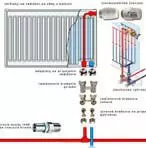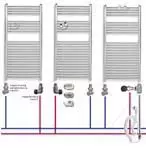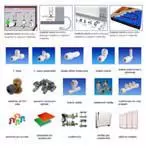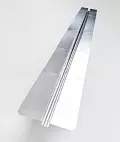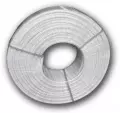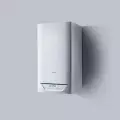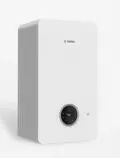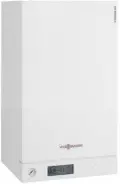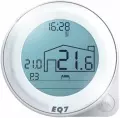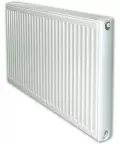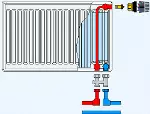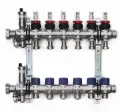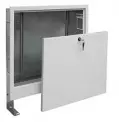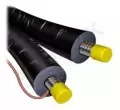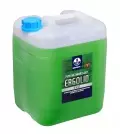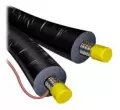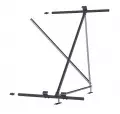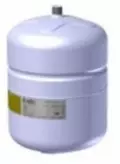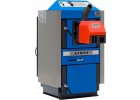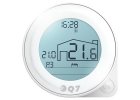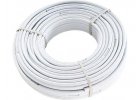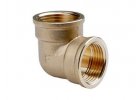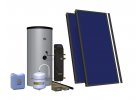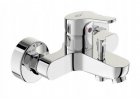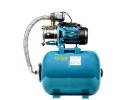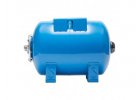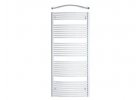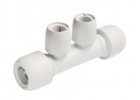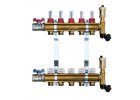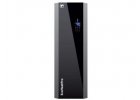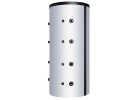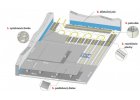Laminated floor

Laminated floor
Laminate is a type of composite material that consists of several layers, impregnated with a suitable resin (or other adhesive). It is most often produced by pressing at higher temperatures and this process is called lamination. A very common use of lamination is to seal a sheet of paper between two foils. Car windshields are also produced in a similar way - a strong foil is glued between two layers of glass. It is also often used in aviation (production of gliders), the automotive industry, in sports (production of ships) or for the production of roof and floor coverings. Until recently, the widespread type of laminate was the so-called Umakart, part of the furniture and equipment of apartments in panel houses. Laminate is also the basic material for the production of printed circuit boards.
Plastic laminate
Plastic laminate or laminated/laminated plastic, also known as Formica, is a hybrid material made of various plastic resins in combination with cotton, glass fabrics or paper that form the reinforcing member of the laminated plastic. Basically, they behave like steel reinforcement in reinforced concrete. Laminated plastic is mostly produced as a solid and at the same time plastic plate, but since today it has found application not only as a facing, but also as a decorative, whether exterior or interior material, its shaping is really arbitrary. It belongs to very easy to process materials.
Depending on the type of reinforcing material used, laminated plastic acquires different properties:
electrical resistance
compressive strength
tensile strength
bending strength
heat resistance, heat resistance
shape stability
low coefficient of friction
Laminated plastic is used for household and industrial products, e.g.: kitchen counters, table tops, cabinets, accessories, facing boards..., bearings, washers, seals, pulleys, terminal blocks
Advantages:
excellent insulating properties
resistance to most chemicals and solutions
easily processed
moisture resistance
resistance to scratching, wear
Laminated plastic boards are made of three layers:
- the bottom layer is made of brown paper coated with phenolic resin
- the middle layer consists of paper decorated with the desired pattern (textile pattern, imitation of metal, wood, stone, ornament...) and is coated with melamine resin
- the top layer consists of melamine resin
By-products, waste
The production process of plastic material results in the production of several by-products, some of which are considered dangerous, such as toxic emissions that come from the phenolic resin during the lamination process and the acrylic resins and hardeners used in the application of the plastic material. Decorative plastic laminate itself is not considered a recyclable plastic, but many manufacturers today have taken several measures to reduce harmful waste and emissions. Alcohol emissions have been eliminated thanks to the modification of the composition of melamine, paper and laminated residue is burned in boilers and thus the amount of waste exported to landfills is reduced. Additives based on a metal base also represent a certain danger for the environment and therefore their reduction and planned complete elimination in the future.













